New Product: UV Open Colorimeter
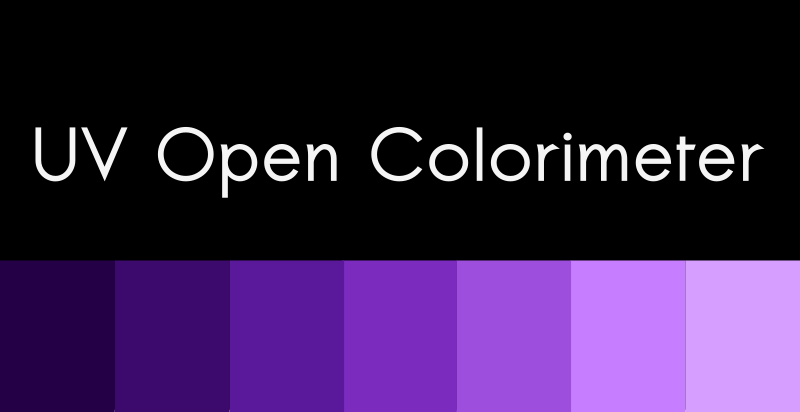
Over the last several months we have been busy developing and testing a UV version of our Open Colorimeter. The new UV Open Colorimeter is now available for purchase on our online store. The UV Colorimeter has the same type of measurement capabilities as the Open Colorimeter but is specifically designed for applications requiring UV light absorbance measurements.
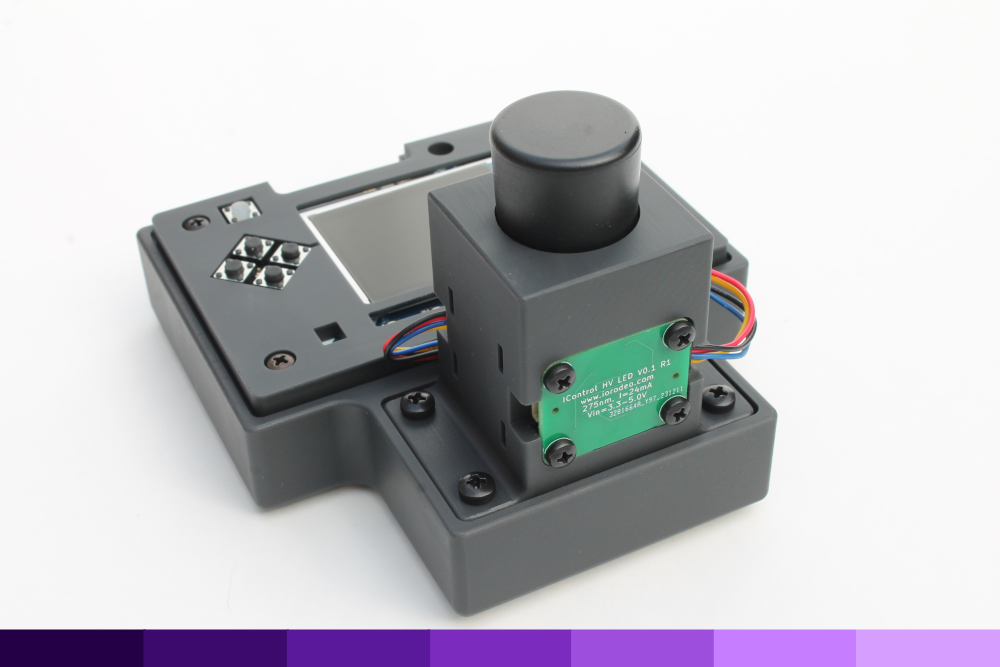

The UV Open Colorimeter light sensor board is the AS3771 UV Sensor Board which we described in previous posts. With this UV sensor, users can select between three measurement channels: UV-A, UV-B and UV-C.
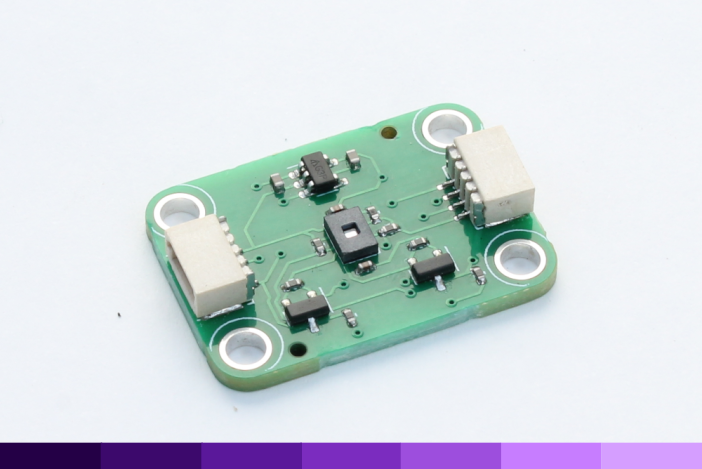
We have also developed a series of accompanying UV LED boards for this version of the Open Colorimeter. We currently have six different UV wavelength options available.

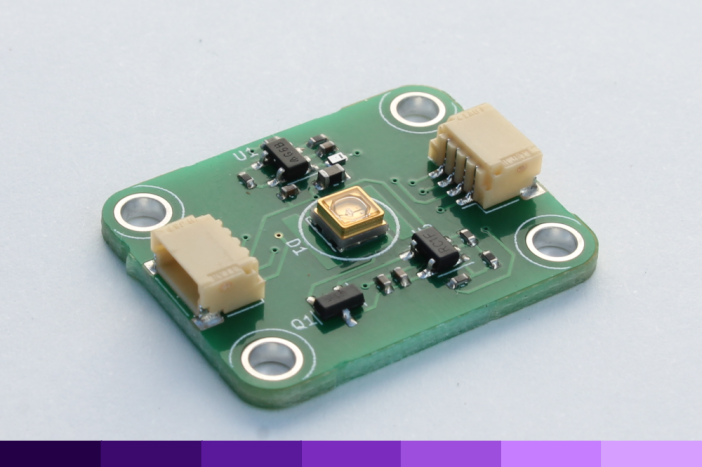
These light wavelengths can be used to study both UV absorbance by proteins and other molecules, as well as used to excite fluorescence. In the tutorial linked below, we used the 275 nm LED and the UV Open Colorimeter UV-C channel to measure absorbance of the standard protein, bovine serum albumin (BSA). We can see a linear relationship between light absorbance and BSA concentration in the Figure below. From our data we also calculated the molar extinction coefficient of BSA with the UV Open Colorimeter.
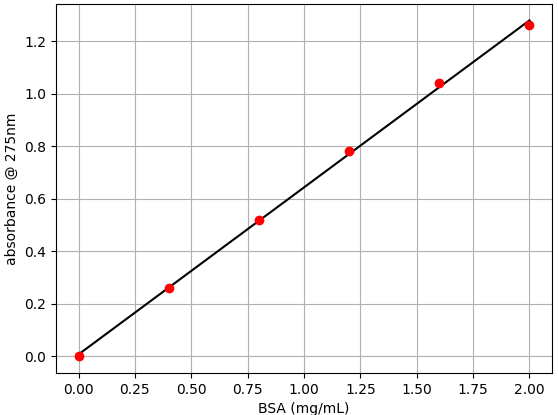
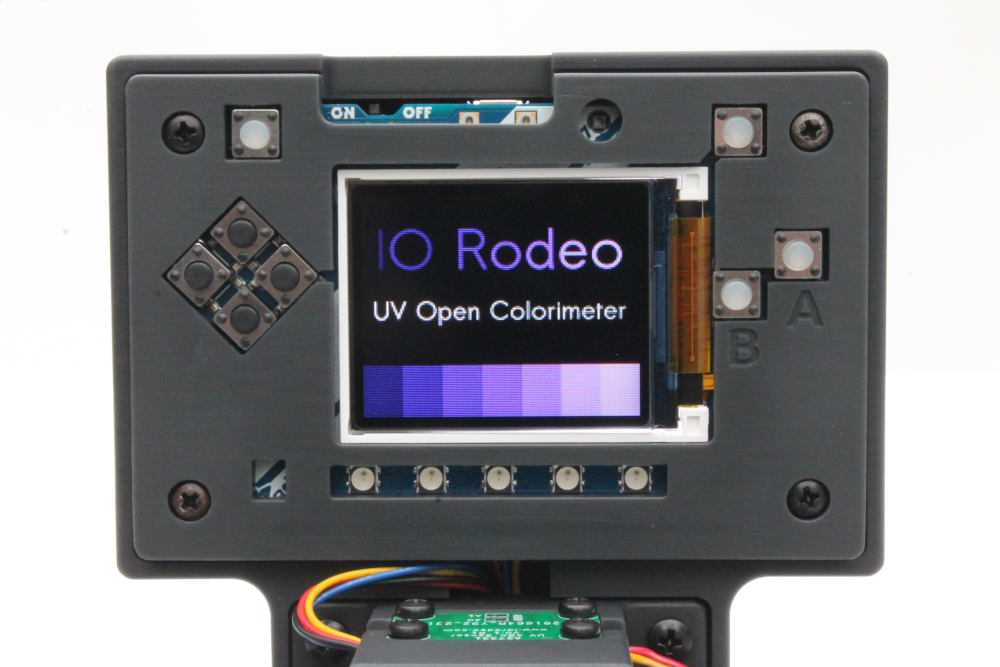
Learn More
More details are in the Open Colorimeter Product Guide. We recommend starting with the page linked below.
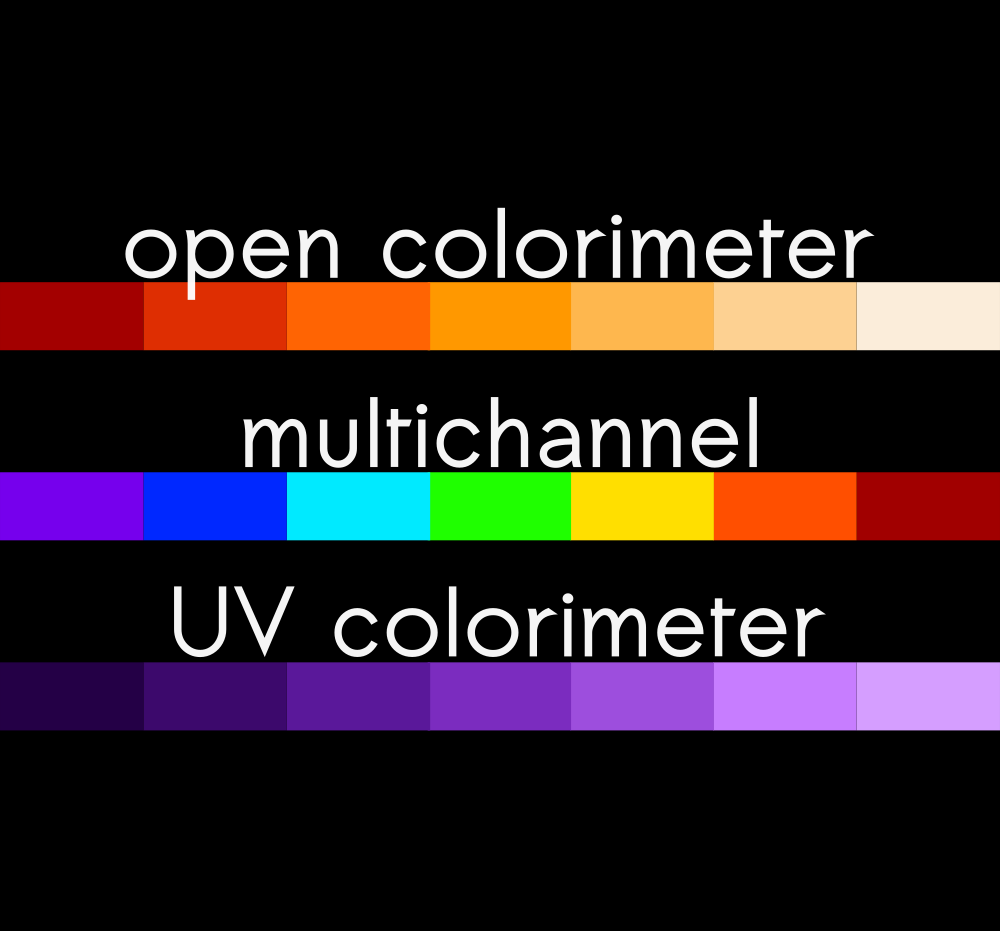




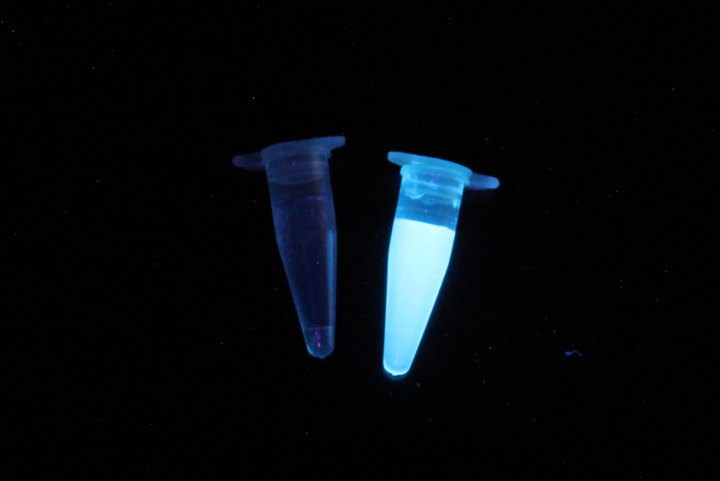
Comments ()